
All categories
Featured selections
Trade Assurance
Buyer Central
Help Center
Get the app
Become a supplier

(121 products available)






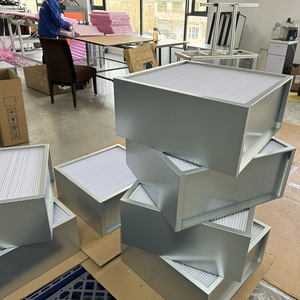



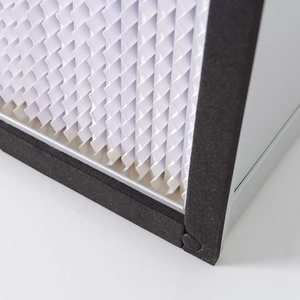


















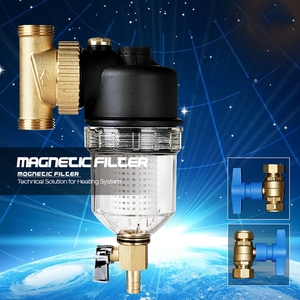

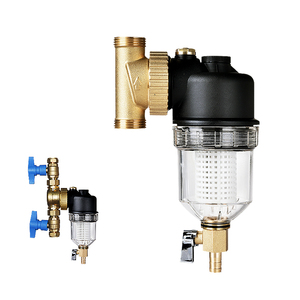
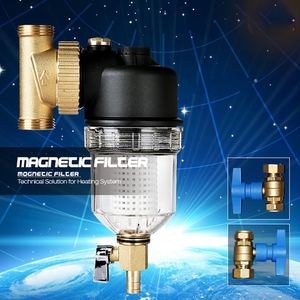

















When it comes to vacuuming, the filters that are inside the vacuum play a very important role. They are necessary for trapping dirt and dust, so this allows the robotic vacuum to work without any obstruction. Neato filters come in different types, depending on the model and the level of filtration they offer. Here are some common types of neato filters:
Neato D4 and D3 filters:
These are the basic filters that are used in the neato D4 and D3 models. They are good for general cleaning and a low level of filtration. They are also known as standard filters. The filters trap large particles of dust and debris to ensure that the neato vacuum works fine.
High-performance neato filters:
These are the filters that are used in neato D7 and D8 models. These filters are designed to offer a high level of filtration. They trap fine dust, allergens, and small particles to ensure that the air quality is improved. The high-performance filters are more efficient than the standard filters.
Ultra-performance neato filters:
These are the filters that are used in the neato XV and Botvac Connected series. They are designed to offer the highest level of filtration. The ultra-performance filters trap up to 99% of the particles, including allergens and pollutants. The ultra-performance filters are suitable for people who have allergies or pets.
Carbon neato filters:
These are the filters that are embedded with activated carbon. The carbon filters help to absorb odors and also trap airborne particles. The carbon neato filters are ideal for homes with pets or smokers. They help to ensure that the air quality in the house is good.
Pre-motor and Post-motor neato filters:
These are the filters that are mostly used in industrial and commercial neato vacuum cleaners. The pre-motor filters are installed before the motor, while the post-motor filters are installed after the motor. They both help to ensure that the vacuum cleaner traps all the dust and debris, preventing them from entering the motor.
Regular Cleaning
It is recommended that neato filter be cleaned on a regular basis. This entails taking the neato vacuum filter out of the bin and gently shaking it to remove any loose dirt and debris. A soft bristle brush may also be used to brush the filter clean. This stops the build-up of dirt and dust, which can clog the filter and reduce its efficiency.
Regular Replacement
Over time, the performance of neato battery will begin to decline as a result of normal wear and tear. Depending on how often the neato vacuum is used, it is advisable that the filters be changed every 6 to 12 months. Genuine Neato replacement filters should be purchased in order to maintain optimal performance of the vacuum.
Inspection for Damage
Regular inspections of the neato filters are important to check for signs of damage such as tears or holes. Any damaged filters should be replaced right away because they can reduce the vacuum's ability to filter out fine particles.
Follow Manufacturer Guidelines
The manufacturer guidelines on how to clean and maintain neato filters should be followed. This includes only washing the filter in water if specified and allowing the filter to dry completely before reinstalling.
Store Properly
If the neato is not going to be used for a long time, it is to be ensured that the filters are cleaned properly before being stored. The filters should be kept in a dry place away from direct sunlight and moisture.
When sourcing Neato filters for resale, consider these factors to fulfill customers' needs better:
Quality
To meet customer requirements, purchase quality filters. They have a longer lifespan and provide more value to the customers. The filters have three levels of quality. The first is OEM filters. They are made by Neato using quality materials. The second is high-quality aftermarket filters. They are made by other companies using quality materials. The third is standard aftermarket filters. They are made by other companies using standard quality materials.
Price
Quality Neato filters have a high price point. They are suitable for customers who want quality and durability. Standard aftermarket filters have a low price point. They are suitable for customers on a budget.
Type of filter
Stock up on all types of Neato filters. Different customers have varying preferences. Also, consider buying a variety of D-Shape and XV-Shape filters. They are in high demand because they fit in many models.
Model compatibility
Purchase filters that are compatible with popular Neato models. The filters will provide a snug fit and better performance. Check the filter packaging for the compatible models.
Frequency of replacement
Choose the more frequent filters that customers will need to replace often. For instance, the carbon and HEPA filters need to be changed every 6 months. The Combo and Ultra Clean filters are used for special deep cleaning. They can be reused up to 12 times. Although they are quality filters, customers do not use them frequently.
Customer preferences
Understand the customers' preferences before purchasing Neato filters. Some customers prefer only eco-friendly materials. Others are not bothered by the type of material used in making the filter.
Packaging
If targeting the end consumers, purchase Neato filters that are packaged for retail. They should have a neat packaging with a cut-out window for viewing the filter. The packaging should also have all the important information such as model number, compatibility, and replacement instructions.
It’s crucial for vacuum users to have the right knowledge on how to replace a neato filter. The good news is that replacing a neato filter is a very simple task that can be done in a few minutes. Here’s a simple guide on how to do it:
Step 1: Choose the Right Replacement Filter
This is the first and most important step. Ensure that the new neato filter purchased is compatible with the neato vacuum model. Do a cross-check to confirm that the shape and size of the neato filter match the old one before removing it.
Step 2: Prepare the Vacuum Cleaner
Once a compatible neato filter has been purchased, the next step is to prepare the vacuum cleaner for replacement. Turn off the neato vacuum and unplug it from the charging dock. To avoid any accidents, make sure the vacuum is on a clean and dry surface.
Step 3: Remove the Old Filter
Locate the neato filter. For most neato models, the filter is situated on top of the dustbin. Open the dustbin and take out the old filter. Gently pull out the old filter. Be careful while doing this step because the vacuum's internal components are sensitive.
Step 4: Install the New Filter
Now it’s time to install the new neato filter. Take the new filter and align it with the housing. Gently press down until the new filter snaps into place. Make sure the new filter fits snugly to avoid any debris from bypassing the filtration system.
Step 5: Reassemble the Vacuum
Close the dustbin and ensure it's properly attached to the vacuum. Make sure to double-check that all parts are securely fastened to prevent any damage to the vacuum.
Step 6: Power On the Vacuum
Now that the filter replacement process is done, turn on the neato vacuum and allow it to run as desired. The new filter will ensure optimal cleaning performance and keep the vacuum running smoothly.
Once a neato filter has been replaced, remember to follow the maintenance tips above to keep the filter in good condition for a long time. It’s also advisable to replace the neato filter every 6 months to maintain the vacuum's optimal performance.
Q: How often should the Neato D8 filters be replaced?
A: The filters should be replaced every 6 months, but this can change based on how much the vacuum is used.
Q: What is the difference between the Neato D8, D9, and D10 filters?
A: The D8, D9, and D10 models use different filters. The D10 has the best filter. All the other filters are good, but they are not as good as the D10's.
Q: Can I wash my Neato Botvac filter?
A: Yes, but it should be done with care. Washing filters can extend their lifespan, but if they are not dried properly, they can grow molds. Always read the manufacturer's instructions before washing the filters.